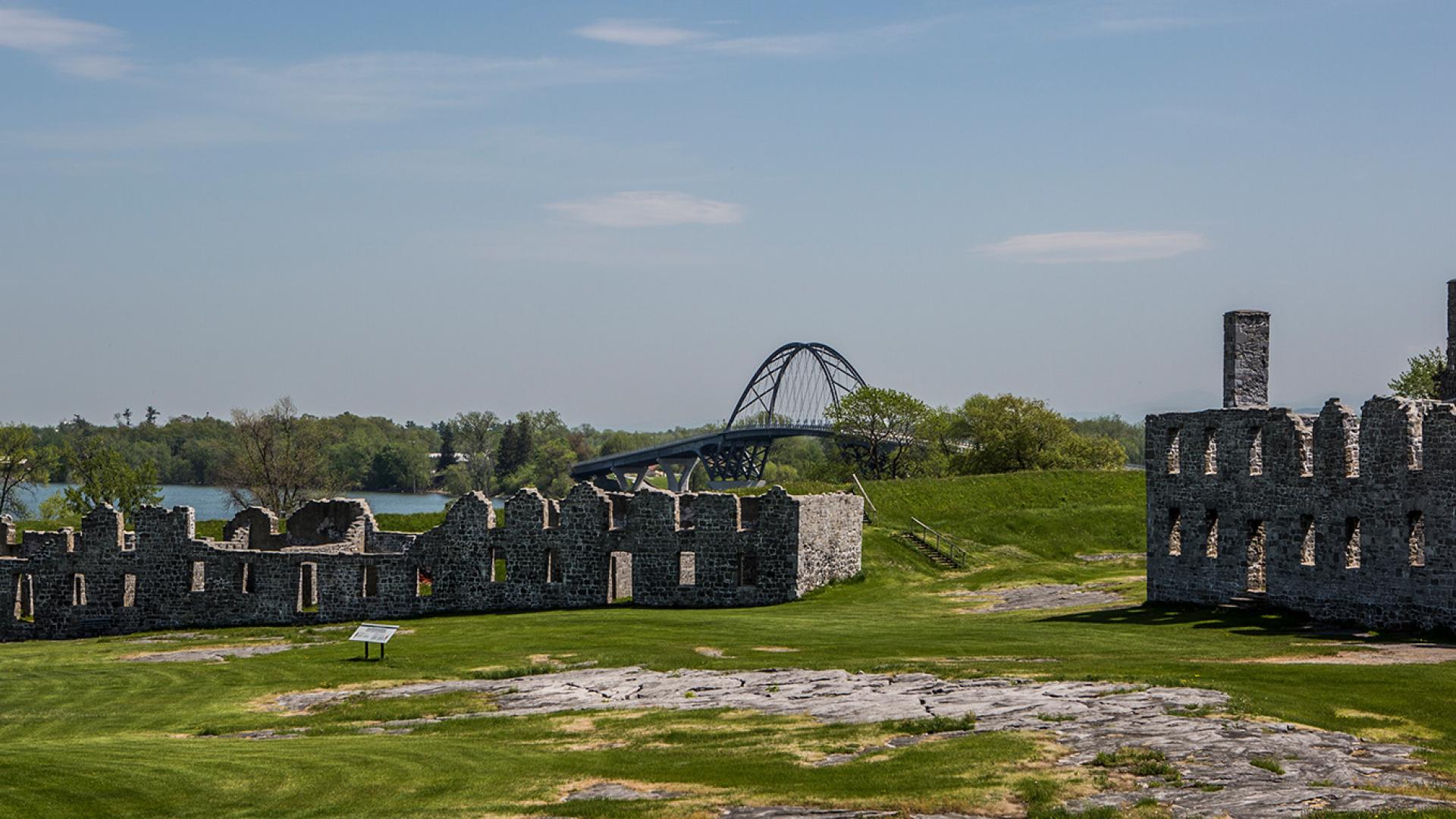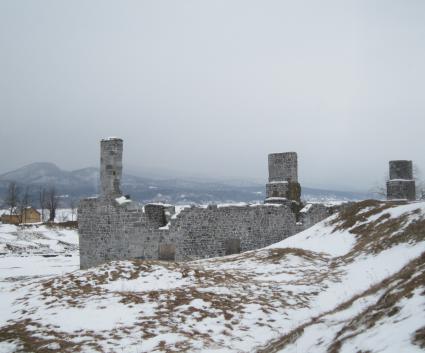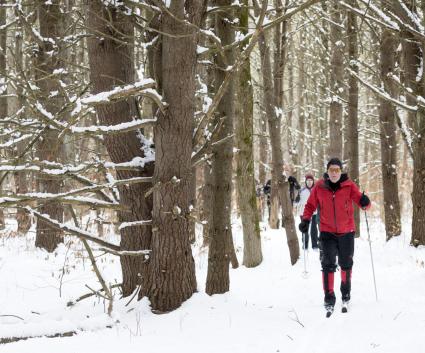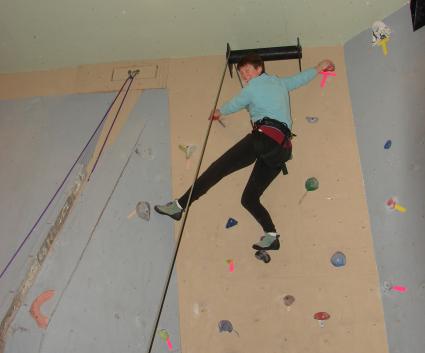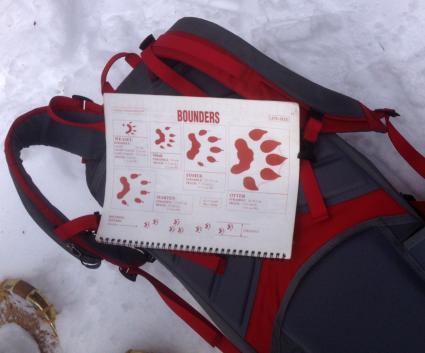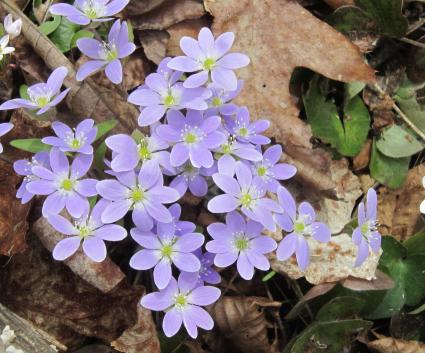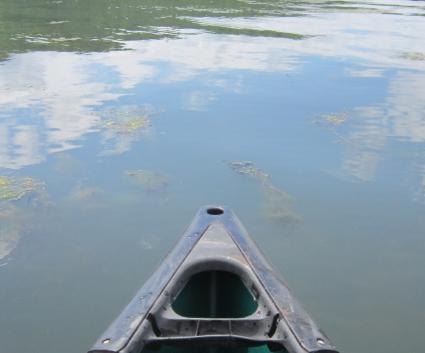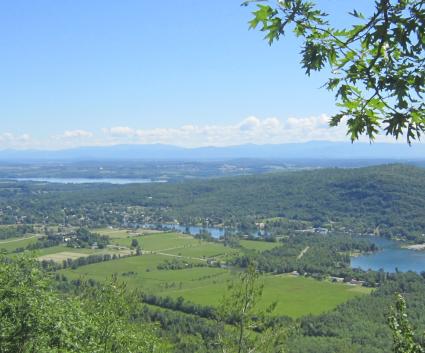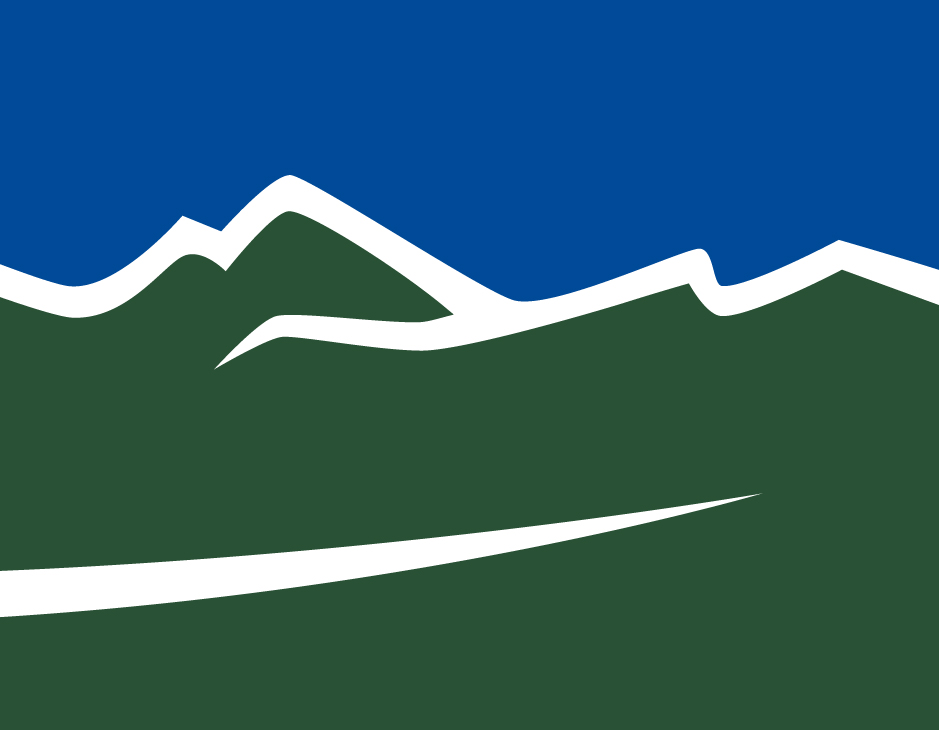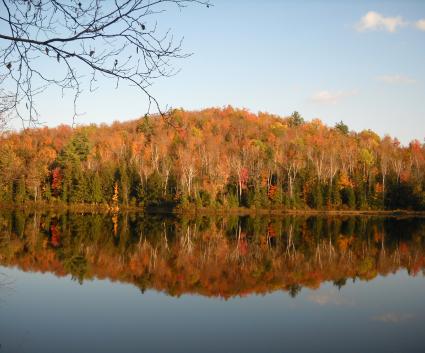Annually on a weekend in early August, this year on the 12th and 13th, the Crown Point State Historic Site hosts the French and Indian War Encampment. It’s an exciting weekend for the site, as hundreds of participants and close to a thousand spectators gather to commemorate the significant history of this location. Authentically clad French, British, and Native American regiments and groups camp amongst the ruins of two 18th century fortifications, both National Historic Landmarks today.
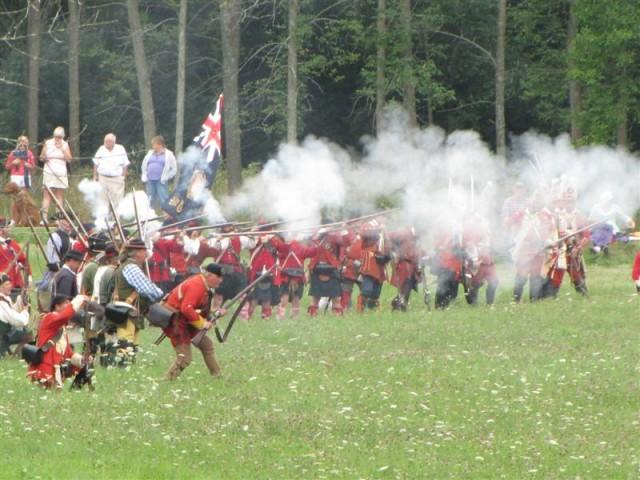
Everyone in attendance gets to witness portrayals of this crucial period of American history in real life. The ability to interact with participants expands the experience. Get your questions answered, whether they pertain to 18th century firearms, attire, cooking skills, battle strategies, or anything else.
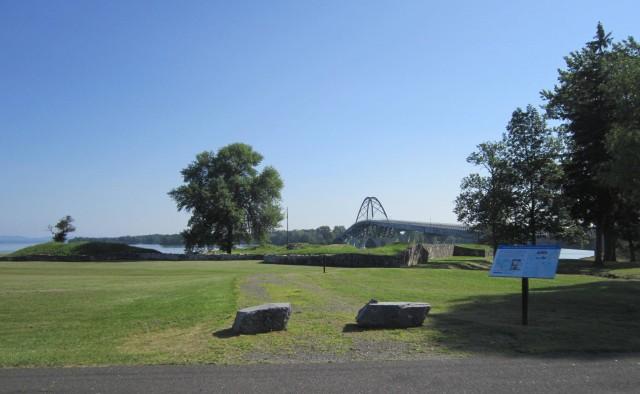
Battle reenactments occur near the French fort ruins each day at 2 p.m. Be in this vicinity to see the action; the booms, bangs, and smell of gun powder.
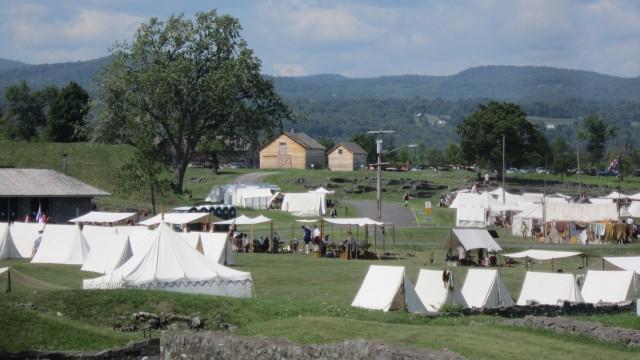
Preparation Starts Early
Crown Point State Historic Site is vast, almost 400 acres. It includes both British and French fort ruins, but also numerous redoubts, a historic lime kiln, miles of trails, and huge open areas. Re-enactors will be camped on site, but visitors can plan on camping across the street at the state DEC’s Crown Point Campground, where they will be in close proximity to encampment activity for the entire weekend.
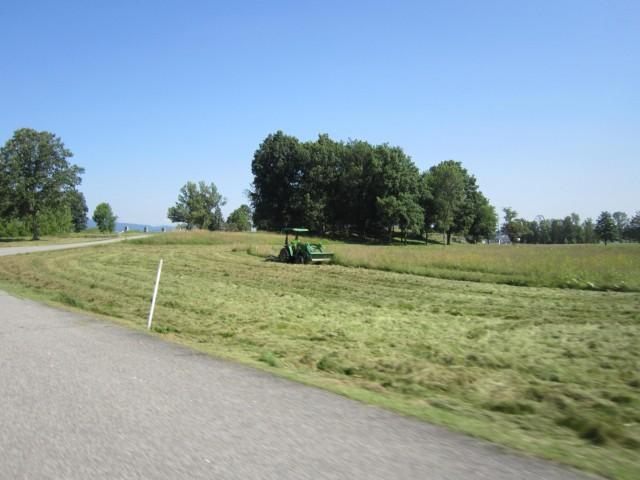
I recently met with Michael Roets, the Historic Site Manager. I wanted to ask him what had to be done on the site in preparation for this annual encampment; a behind-the-scenes look at preparation, so to speak. I have a “street view” of this historic site daily, and I am always impressed by the well-manicured landscaping and grounds as viewed from Route 185.
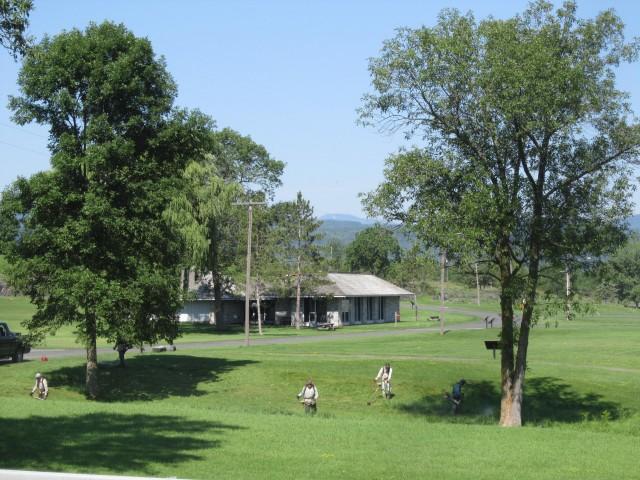
I frequently hear the hum of mowers and the buzzing of trimmers, and know that maintaining the grounds is neither a quick, nor easy, task. It has been a while since I really explored the entire site, which the site crew attempts to get completed all at once for this big, annual event.
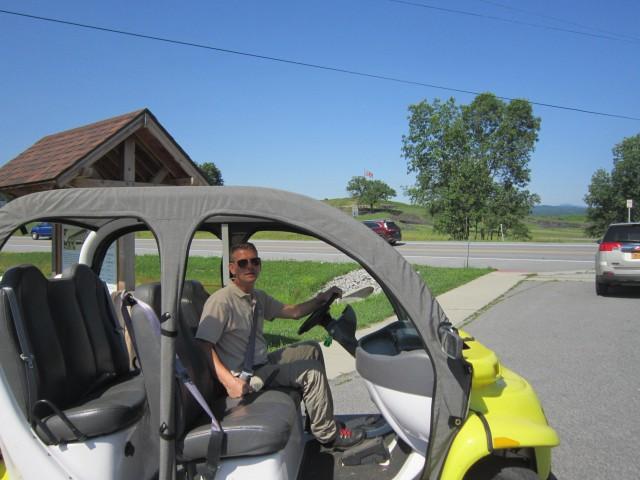
Rocks and Redoubts
Mike and I loaded into his little “GEM”; a Global Electric Motorcar, and he proceeded to show me acres upon acres of this well-tended property in an efficient time. I am certain my jaw dropped as I became aware of just how much grounds maintenance was involved here. Though a portion of this site is left naturalized, so much of it is meticulously groomed and manicured. I will never complain about mowing my lawn again.
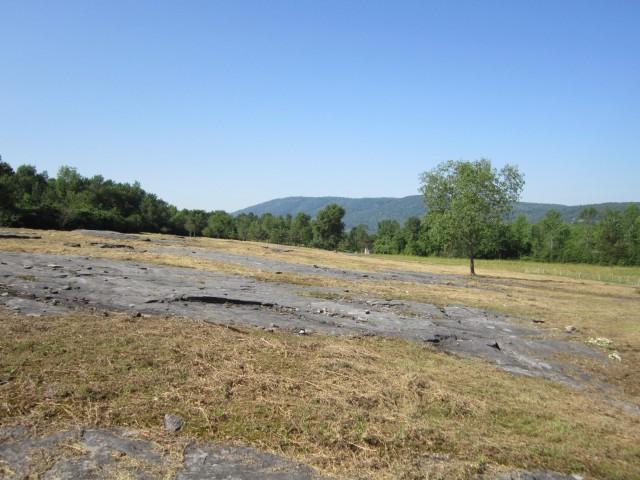
The Crown Point State Historic Site crew does an amazing job. Aside from the vastness, I noted that the majority of the grounds were also not smooth, level, average lawn-type green space. Most all was uneven terrain, with exposed ledges and rocks, and plenty of dips and dives, particularly around the redoubts; definitely weed-whacker territory.
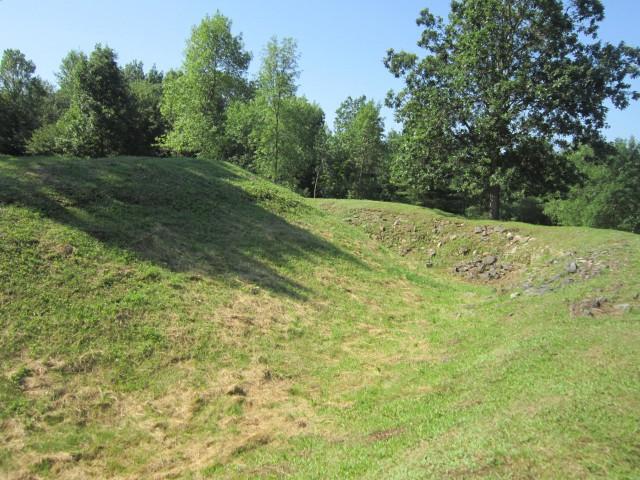
Redoubts, I learned, are like the front lines of defense; outposts surrounding the main fortification. They were built high, on a rise, and usually surrounded with a deep trench, or moat, to impede the advance of any enemy. I’m sure the design worked well for the original intent, but from the perspective of a grounds keeper it had to appear like a major challenge.
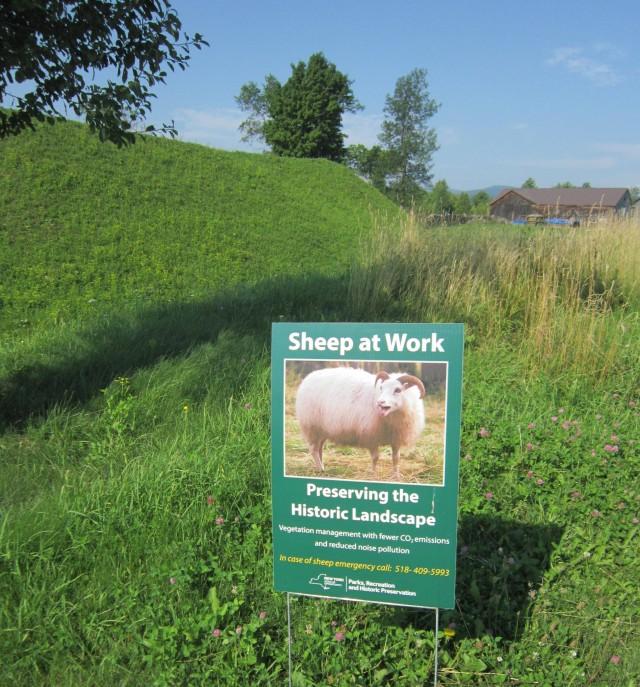
Sheep at Work
Behind the British fort ruins, in a large open area near where the Crown Point Bird Banding Association sets up their banding station every spring, I met the new members of the site’s maintenance crew. Some four legged members have been added to the team. How genius was this!?
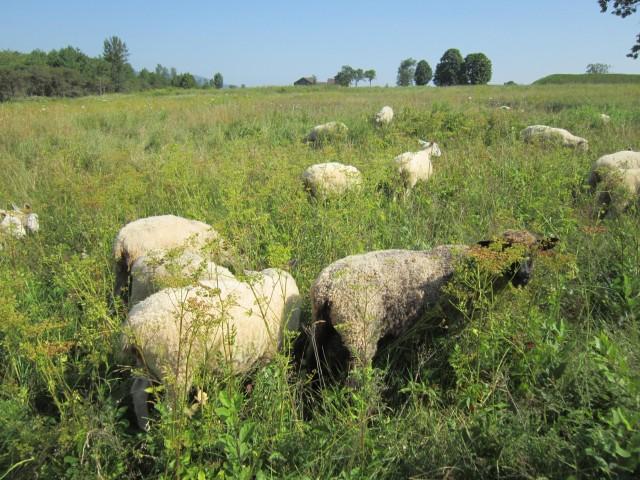
There were 28 fluffy white sheep enclosed behind a portable electric fence. Michael told me their pasture area is changed every few days, providing them with the best munchies possible. Meanwhile, the happy little sheep get to graze and contribute to the site’s vegetation management without burning an ounce of gas! I got to meet and say hi to the flock, careful to keep my distance from their enclosure.
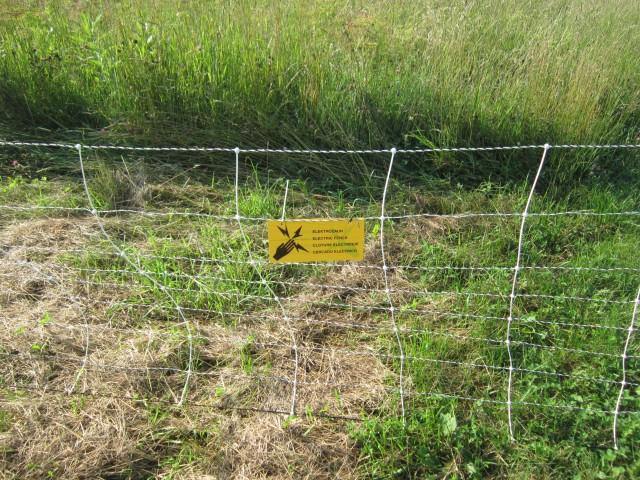
The portable fencing is electric, so I was wary of getting reminded of that if I got too close and brushed against it. What a magnificent setting they had to spend their summer days; plenty to eat, fresh water, and plenty of shade from the nearby trees and hawthorn thicket. I wondered if any of their 18th century ancestors had also spent time here when the fort and surrounding grounds were bustling with inhabitants and activity.
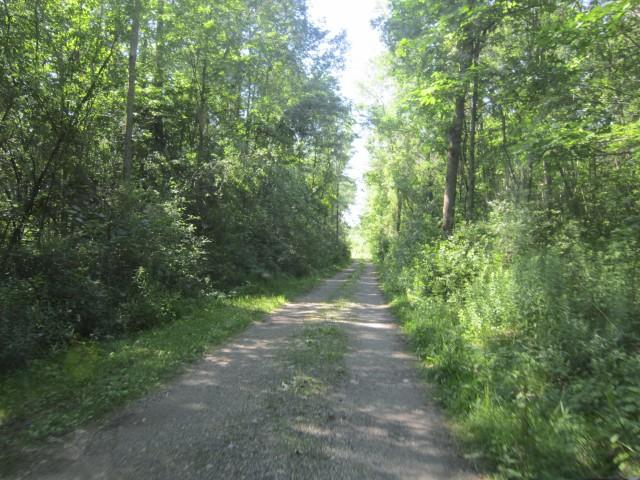
The Two Week Field
We let the working flock to their job and took the trail heading south. Bulwagga Bay was on our right; the western shore of this peninsula. This trail goes through a heavily wooded area and follows an old railroad bed. In the early iron mining days of Moriah the rail line once crossed Bulwagga Bay on a trestle from Port Henry, hauling iron ore to southern locations for processing.
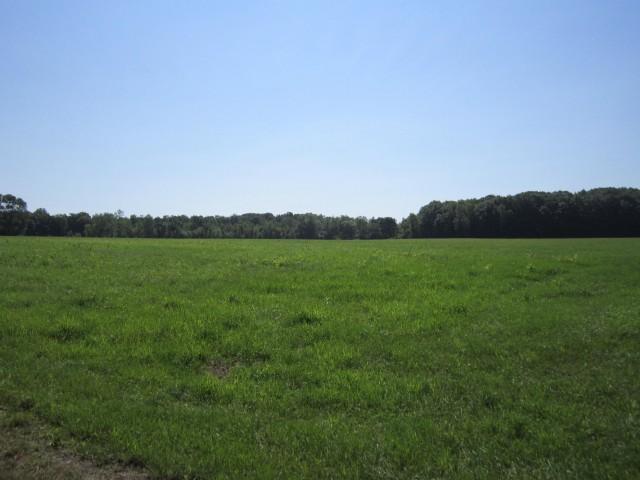
The trail opened up into a huge field. “The Two Week Field,” Michael informed me. I learned it takes two men, and two mowing machines, two full weeks to groom. Obviously that doesn’t happen regularly, but in preparation for the annual French and Indian War Encampment his seven member crew (and now the 28 sheep) all strive to get everything groomed for the big event; an astounding undertaking for sure, beginning weeks in advance.
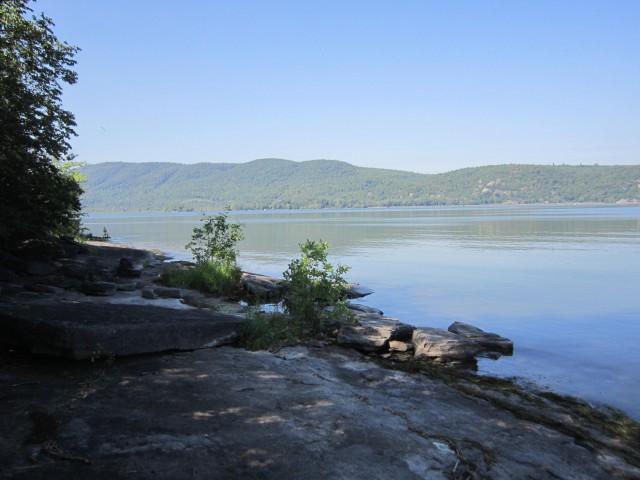
Sheep’s Head Rock
From the Two Week Field, we headed to the lakeshore on Bulwagga Bay. I had never been to Sheep’s Head Rock! Wow, what a great picnic and fishing site. I wondered if the local fish known as sheephead were often caught here, hence the name. Views across the bay toward Bulwagga Mountain, Coot Hill, and Port Henry were awesome. The town of Moriah’s Bulwagga Bay Campground, diagonally across the bay, rents kayaks, paddle boards, and pedal boats. Sheep's Head Rock would be a great destination for paddlers venturing from that campground.
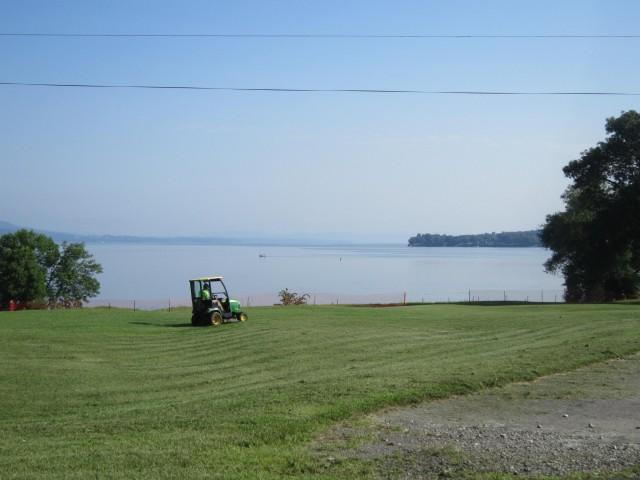
I ended my excursion with a greater appreciation of my neighbor, the Crown Point State Historic Site, and particularly of the care and stewardship the manager and crew provides to this treasure. I invite you to come and explore, whether at the upcoming encampment or any other time. The grounds are open year round, sunrise to sunset, but come while our summer weather is in progress to say hi to the sheep!
Don't forget to explore the Lake Champlain Region while you're here! You'll find dining, shopping, and lakeside views that are sure to delight!
